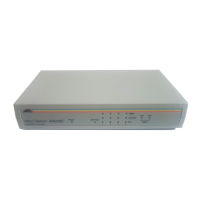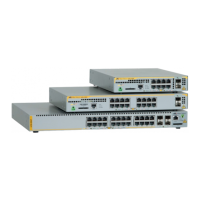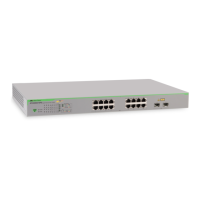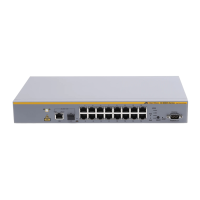Mapping Domain Names to Addresses
Name-to-address translation is performed by a program called a Name server.The client program is called a Name resolver.A Name resolver may need to
contact several Name servers to translate a name to an address.
The Domain Name System (DNS) servers are organized in a somewhat hierarchical fashion.A single server often holds names for a single network, which is
connected to a root DNS server – usually maintained by an ISP.
Doma
in Name Resolution
The domain name system can be used by contacting the name servers one at a time, or by asking the domain name system to do the complete name translation.
The client makes a query containing the name, the type of answer required, and a code specifying whether the domain name system should do the entire name
translation, or simply return the address of the next DNS server if the server receiving the query cannot resolve the name.
When a DNS server receives a query, it checks to see if the name is in its sub domain. If it is, the server translates the name and appends the answer to the
query, and sends it back to the client. If the DNS server cannot translate the name, it determines what type of name resolution the client requested.A complete
translation is called recursive resolution and requires the server to contact other DNS servers until the name is resolved. Iterative resolution specifies that if the
DNS server cannot supply an answer, it returns the address of the next DNS server the client should contact.
Each client must be able to contact at least one DNS server, and each DNS server must be able to contact at least one root server.
The address of the machine that supplies domain name service is often supplied by a DHCP or BOOTP server, or can be entered manually and configured into
the operating system at startup.
Configuring DNS Relay Information
To configure the DNS function on the Switch, open the Configuration folder and click the DNS Relay folder. In this folder, click the DNS Relay
Information
link to open the following window.
Figure 6- 124. DNS Global Settings window
The f
ollo
wing fields can be set:
P
arameter Description
DNS R
elay Status
This field can be toggled betw
een
Disabled and Enabled using the pull-do
wn men
u, and is used to enable or
disable the DNS Relay service on the Switch.
Primary Name Server Allows the entry of the IP address of a primary domain name server (DNS).
Secondary Name Server Allows the entry of the IP address of a secondary domain name server (DNS).
DNSR Cache Status This can be toggled between Disabled and Enabled.This determines if a DNS cache will be enabled on the
Switch.
DNS Static T
a
b
le Status
This field can be toggled using the pull-do
wn men
u betw
een Disabled and Enabled.This determines if the static
DNS table will be used or not.
DNS Relay Static Settings
T
o vie
w the
DNS R
elay Static Settings
,
open the
DNS R
elay
f
older in the
Configur
ation
f
older and click the
DNS R
elay Static Settings
link,
which will open the following window.
124
Allied Telesyn AT-9724TS High-Density Layer 3 Stackable Gigabit Ethernet Switch
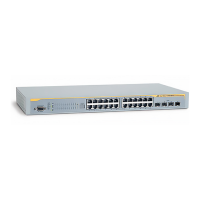
